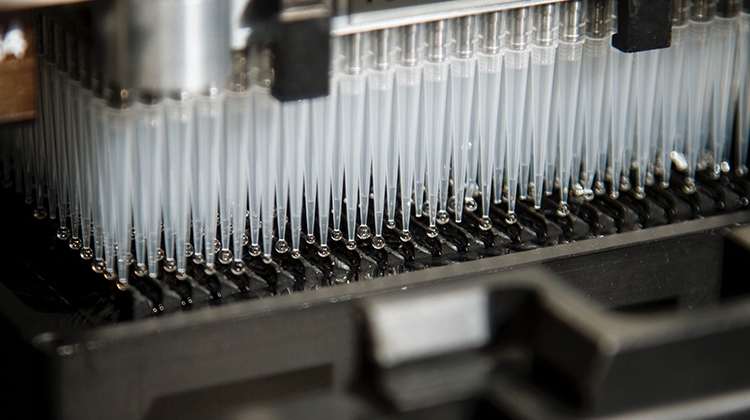At the upcoming virtual 2021 ISPE Aseptic Conference, 15 – 17 March, you can learn first-hand how people within our industry have been facing these challenges and what solutions they have employed to successfully manage them. The program is filled with in-depth presentations and interactive panel discussions with industry and regulatory experts, to offer attendees multiple opportunities to gain insights to take back to their companies. The education sessions and also the online networking opportunities to meet with professionals from around the world during breaks gives you a unique chance to discuss more deeply the current activities and problems you may be facing in your daily work life.
My special interest for quite some time has been the use of robotics, especially in the area of/fill finish. I am happy to be the session leader of two presentations in that area. Some years ago, we had a dedicated track at the 2021 ISPE Aseptic Conference that included interactive panel discussions with machine suppliers and engineering companies. The interest has been huge; I could sense that. In 2018, I moderated a workshop about robotics and the engagement of the attendees was amazing. We have generated a lot of ideas, such as troubleshooting by a robot, fully automatic size part change or settle plate handling by a robot, to name a few. In the meantime, I am convinced that for most of the tasks the following statement applies, “What can be automated, will be automated,” because there is a need to keep the impact of human beings out of the process – either to protect the product or to protect the operator or a combination of both. The technology is there. And it is getting cheaper and simpler to apply day by day. At the conference, you will have the opportunity to hear case studies of well-known pharma companies and you will be able to address questions to the users of the technology directly. We have shortened the lecture and we have extended the Q&A session to make it more interactive in our online world. In the end, the conversations held at the conference have the potential to revolutionize the whole manufacturing process, with the fully automatic plant on the horizon.

Robust and safe processes are the foundation of pharmaceutical manufacturing. Changes to processes are inevitable, but often result in increased risks. New processes such as those associated with changes in raw materials or transfer of production to other sites have to be managed properly. In the second session that I am hosting, we have two different examples that will demonstrate which methods and structured approaches can be used to effectively maintain process safety, even when they involve major changes. One presentation is about the change of the ingredients of the silicone and how to deal with it. Because the silicone is used inside the syringe, a thorough and well thought through approach is mandatory. The second presentation is about a facility expansion/update in a biopharmaceutical animal health company. The nature of patients may differ, but the principles of delivering product quality and patient safety do not. As such, QRM principles can be applied equally to the approach to facility C&Q. This topic will discuss how QRM principles were applied to actual project deliverables throughout the C&Q.
Overall, I am very proud of being part of the conference committee and of the program we can offer, especially under those circumstances where we cannot travel and not see each other in person. My Program Committee colleagues and I have worked very hard to bring you a comprehensive technical program to address your company’s challenges and aspirations for the development of your aseptic processes. We are all looking forward to seeing you online!
Learn More





